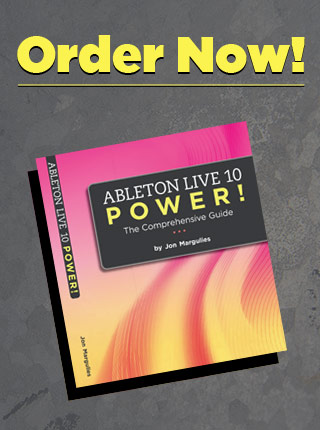Whenever you’re processing a signal in a way that changes it’s gain (whether you’re doing it with EQ, compression, distortion, etc.) the only way to really hear what the processor is doing is to match the volumes of the processed and unprocessed signals.
The reason for this is a principle well known to any experienced mixer: human beings tend to think that things that are louder sound better. This has nothing to do with Live’s devices – it applies to plug-ins and hardware too. When an effect increases the volume of a signal, we tend to like it. However, this means that you need to back off that increased loudness to really hear what the effect is doing.
Now, what’s wrong with adding some volume if it sounds good? (you may ask). Well, strictly speaking, nothing. The problem is that the effect may also be doing something undesirable to your signal. In the next couple of tips, we’ll look at some common problems and solutions.
For now, make sure you are well acquainted with the output gain control on any device that has one, and apply the same technique described in the prior tip.
Live’s Compressor and Saturator both have an Output control:
Be aware that some devices have gain controls that affect the input volume to the device. This is a whole other kettle of fish. There are also devices that have output volume controls that change the character of the sound (usually by creating distortion), and devices that change the gain of your signal but don’t have any built in way of compensating for it. We’ll dive into the details of these issues in some upcoming tips.





